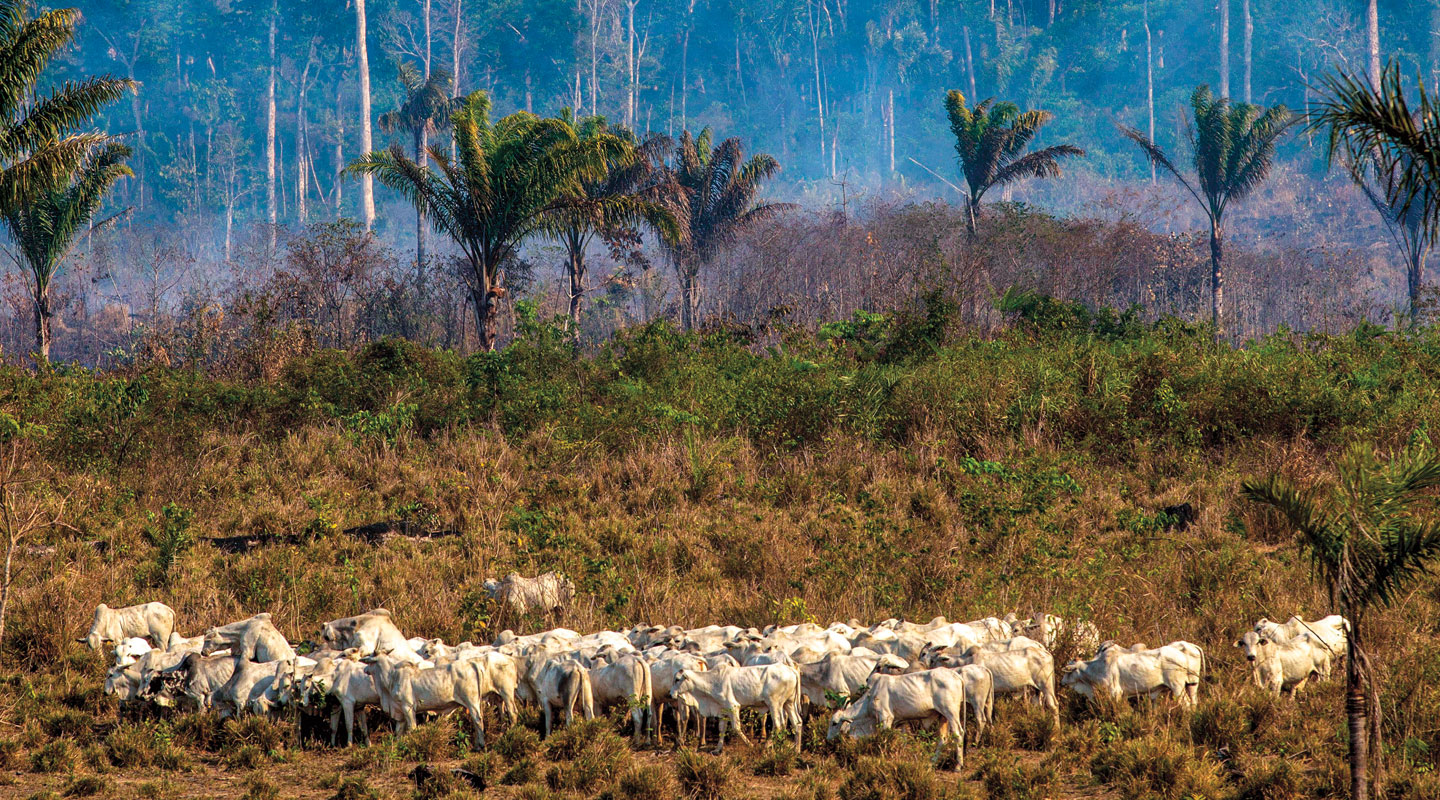Norbert Wu/Minden Pictures
Massive human-made blazes endanger wildlife such as the golden-headed lion tamarin, an animal that exists only in the Amazon.
It began simply as a seed—actually, many seeds, planted in the earth. But from these seeds Omar Tello started what might seem an impossible quest: to bring new life to the Amazon rainforest.
Tello lives in Ecuador, one of the eight South American countries that are home to the rainforest. Since he was a child, he has watched as most of the trees around him were cut down for homes, crops, and areas for cattle to graze.
The destruction has been even greater in Brazil, where the majority of the rainforest is located. There, farmers have been setting tens of thousands of illegal blazes annually to clear land. The smoke from the fires can darken the skies thousands of miles away.
The combination of human-made fires and deforestation, in addition to climate change, is having a devastating effect on the Amazon, experts say.
Over the past 40 years, Tello has regrown his own small patch of the Amazon from seeds and tree cuttings. Today, he is also working with other small landowners and conservation groups to do the same. It’s a small step. But its purpose, to save the Amazon, will affect the whole planet.

